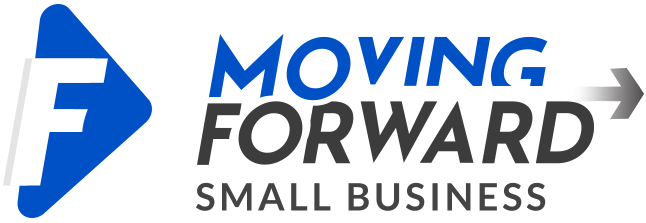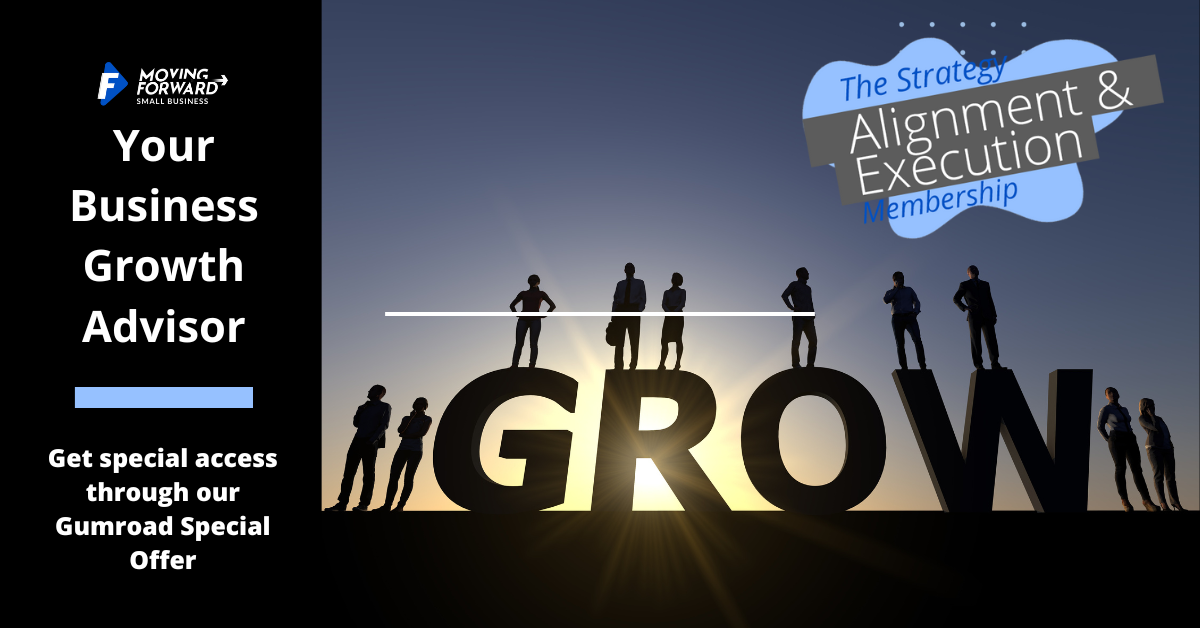Key Highlights
- Inbound content marketing effectively attracts customers by offering valuable content tailored to their needs.
- Understanding your target audience and crafting relevant content is crucial for engagement.
- Quality content optimized for search engines enhances visibility and drives organic traffic.
- Social media is vital in amplifying content reach and fostering customer engagement.
- Consistency in providing valuable content builds brand awareness and establishes thought leadership.
Introduction
According to data from Content Marketing World, a significant statistic is that around 82% of companies currently use content marketing as part of their marketing strategy; this includes 73% of B2B marketers and 70% of B2C marketers utilizing content marketing in their overall strategy.
Small businesses need to use smart inbound marketing strategies to succeed. Inbound content marketing is a key tool that can help them grow. By making and sharing valuable and relevant content, small businesses can reach their target audience, position themselves as leaders in their industry, and increase sales. This blog post will look at practical inbound content marketing tactics aimed at helping small businesses with digital marketing.
Understanding Inbound Content Marketing

Inbound content marketing is all about attracting the right customers by giving them useful and relevant content that meets their needs. This is different from traditional outbound marketing. Outbound marketing tries to interrupt people with ads they didn’t ask for.
Instead of that, inbound marketing creates content that naturally draws in customers. You can think of it as sharing helpful information that solves problems and answers questions for your audience. This focus on the customer helps build trust. It also makes your brand seem like an expert. By doing this, you create long-lasting relationships based on value and trust.
The Role of Content in Attracting Customers
Content acts like a magnet. It pulls in potential customers to your business. When you create helpful content that solves their problems and meets their needs, you show that you are a trustworthy source of information. This not only brings visitors to your website but also encourages them to check out your products or services.
Engaging content is a strong tool for lead generation. By offering things like ebooks, whitepapers, or webinars in return for contact information, you can collect leads naturally. Then, you can support these leads through targeted email marketing campaigns.
In the end, the aim is to give so much value right away that potential customers feel drawn to your brand. This way, they will be more likely to choose you when they are ready to buy.
Why Small Businesses Should Focus on Inbound Strategies
Inbound marketing is a smart way to market that saves money, making it great for small businesses with tight budgets. When you create relevant content that performs well in search engines, you draw in visitors without spending much on ads.
Also, by sharing valuable content regularly, you boost brand awareness and show that your business is a reliable source in your field. This helps more people recognize your brand and build loyalty.
Inbound strategies focus on lasting growth, unlike quick advertising tactics. Once you create a strong online presence with valuable content, it keeps bringing in customers over time.
Crafting Your Inbound Content Strategy
Before you start making content, it’s important to have a clear content strategy. This plan serves as a guide to keep your work focused and aligned with your business goals.
First, figure out who your target audience is. Then, think about content themes that will connect with them. Decide on the best formats to use and the best ways to share your content. A smart approach helps ensure your content gets to the right people at the right time, making it more effective.
Identifying Your Target Audience
Understanding your target audience is very important for a good content strategy. You can’t make content that connects well if you don’t know who you’re trying to reach. Start by creating buyer personas. These are semi-fictitious profiles of your ideal customers made from research and data.
Think about their age, interests, problems, goals, and how they act online. Here are some main questions to answer:
- What are their biggest problems and dreams?
- Where do they spend their time on the internet?
- What kind of content do they like to read or watch?
By answering these questions, you can adjust your content to meet their needs and preferences. This will help you get more engagement.
Content Types That Engage and Convert
Choosing the right type of content is important for grabbing the attention of your target audience. It also helps encourage profitable customer action. The best content often depends on where the buyer is in their journey. Different formats work better at different stages.
- Blog Posts: These are great for teaching, entertaining, and offering useful information to readers.
- Infographics: They are eye-catching, easy to share, and great for showing data or complex ideas in a simple form.
- Videos: These are very engaging and can be used for tutorials, product demonstrations, or behind-the-scenes looks.
- Case Studies: These offer proof and show the value of your product or service with real examples.
- eBooks and Whitepapers: These provide detailed information on specific topics and work well as lead magnets.
Great content tells a story, makes people feel something, and gives real value to your audience.
Key Elements of Successful Content Creation
Creating good content is key to reaching your target audience and getting results in inbound marketing. It is not just about making content for its own sake. It’s important to provide value with every piece you put out.
You need to know what your audience wants. You should address their needs and make content that connects with them. Let’s look at the main parts that help make content creation successful.
Balancing Quality and Quantity
Consistency is important, but don’t trade quality content for more posts. Publishing one great blog post each week is much better than five average ones. Focus on making content that is well-researched, interesting, and helpful for your readers.
Choose a publishing schedule that works with your business goals and resources. Being consistent helps keep your audience interested and shows search engines that your website is active and useful.
Your content shows who you are as a brand. Make sure it highlights your skills professionalism, and promise to provide value.
Incorporating SEO for Greater Visibility
Search engine optimization (SEO) plays a crucial role in content marketing. Optimizing your content for search engines ensures it ranks higher in search results, driving organic traffic to your website and enhancing your business’s online visibility.
Incorporate relevant keywords naturally throughout your content. Use tools like Google Keyword Planner to identify high-volume keywords related to your industry and target audience. Also, optimize meta descriptions, title tags, and image alt text to boost your search engine rankings.
| SEO Element | Description |
| Keywords | Relevant terms that people search for on Google and other search engines. |
| Meta Descriptions | Concise summaries of your page’s content, influencing click-through rates from search results. |
| Title Tags | The title of your page displayed in search results and browser tabs. |
| Image Alt Text | Describes images, making them accessible to search engines and visually impaired users. |
By implementing basic SEO best practices, you can significantly enhance your content’s visibility and attract a wider audience.
Leveraging Social Media for Inbound Marketing
Social media is a strong tool that can help boost your inbound marketing efforts. It allows you to share your content, connect with your audience, and bring traffic back to your website. However, with many platforms out there, it’s important to choose the right ones.
Begin by finding out where your target audience spends their time. Focus on building your presence on those platforms. Make sure to adjust your content so it connects well with the specific audience on each one.
Choosing the Right Platforms for Your Business
Not all social media sites are the same. Your target audience may like certain channels more than others. Do good research to find the best platforms for your business. For example, if you want to reach younger people who enjoy visual content, Instagram and TikTok could be great options.
LinkedIn is good for B2B businesses. Facebook has a wide reach and many types of users. After you find the best platforms, make sure to create interesting and shareable content. It should fit each platform’s style and what the audience likes.
Being consistent on social media is key to building a loyal following. Make a posting schedule and do your best to keep it. Talk to your followers, reply to comments, and join in on important talks in your industry.
Tips for Creating Share-Worthy Content
The key to a strong social media presence is creating content that people want to share. People enjoy sharing things they find valuable, fun, or interesting. Make your social media content short, eye-catching, and nice to look at.
Use good images, videos, and graphics. Ask questions to get people talking. You can also run polls and contests. Share behind-the-scenes moments to show the human side of your brand and build a community. Don’t hesitate to show your brand’s fun side with your social media content.
Social media is all about interaction. Reply quickly to comments, messages, and mentions. Engage with what others post and join in on important discussions in your field.
Conclusion
Inbound content marketing is a strong way for small businesses to grow. By making engaging and valuable content for your audience, you can attract customers in a real way. It’s important to balance quality and quantity while using SEO strategies to increase visibility. Social media can help you reach more people, so pick the right platforms and create content that’s worth sharing. Consistency is very important. Take care of your online presence with a smart inbound content plan. Are you ready to improve your small business? Join our Strategy Alignment and Execution membership community today and start with our 6+ hours of training on “Inbound Marketing Strategies for Your Small Business” and more.
Frequently Asked Questions
What is the best type of content for small business inbound marketing?
The best kind of content depends on who you want to reach and what your business goals are. Valuable content is key. It helps engage customers. This includes blog posts, videos, infographics, and case studies. These types of content can improve brand awareness and help generate leads.
How often should small businesses post new content?
The best amount of content you share depends on things like your resources and marketing strategy. Try to keep it consistent. You can post weekly, bi-weekly, or monthly. Regularly providing new content helps keep customers engaged and boosts search engine optimization.


